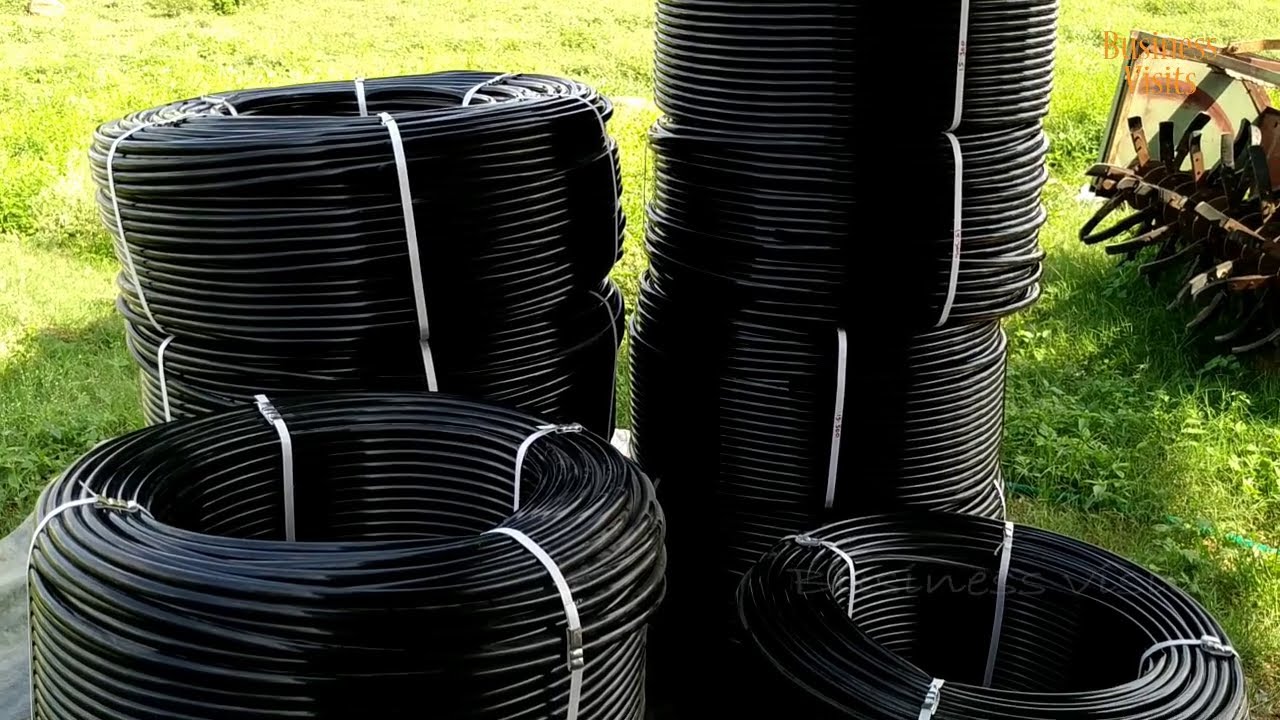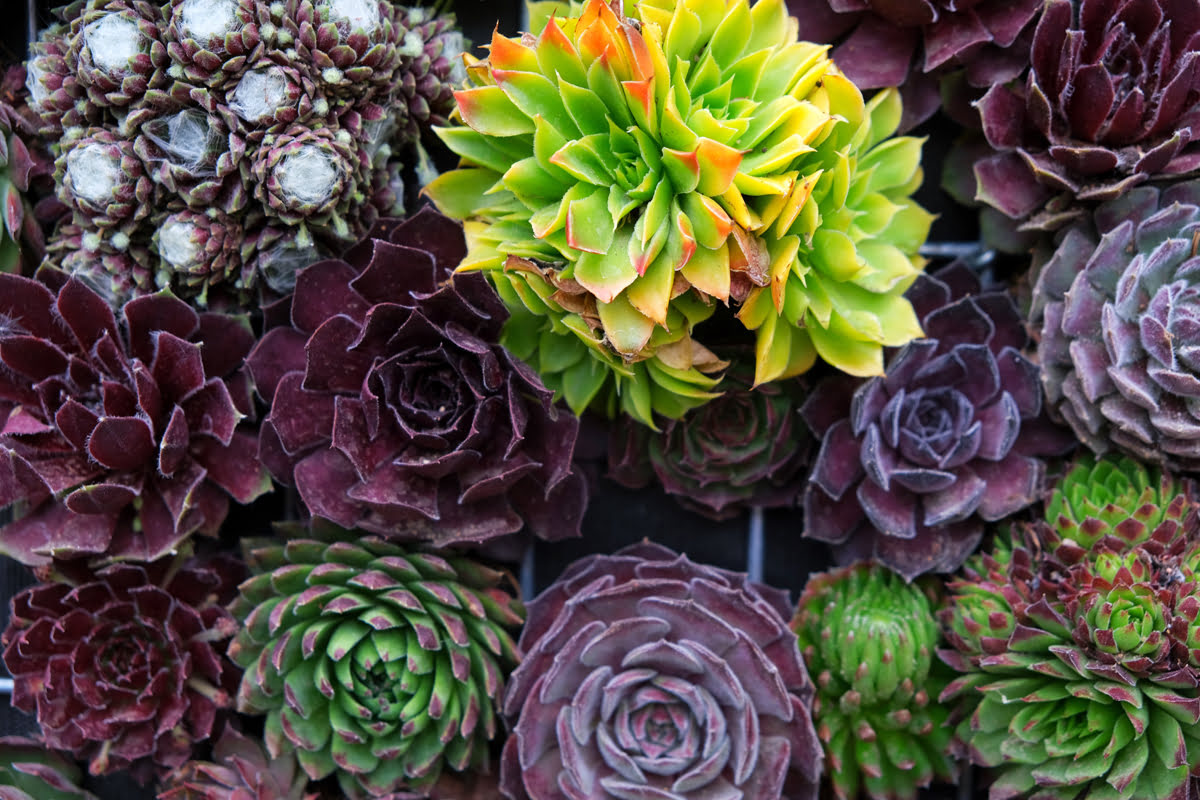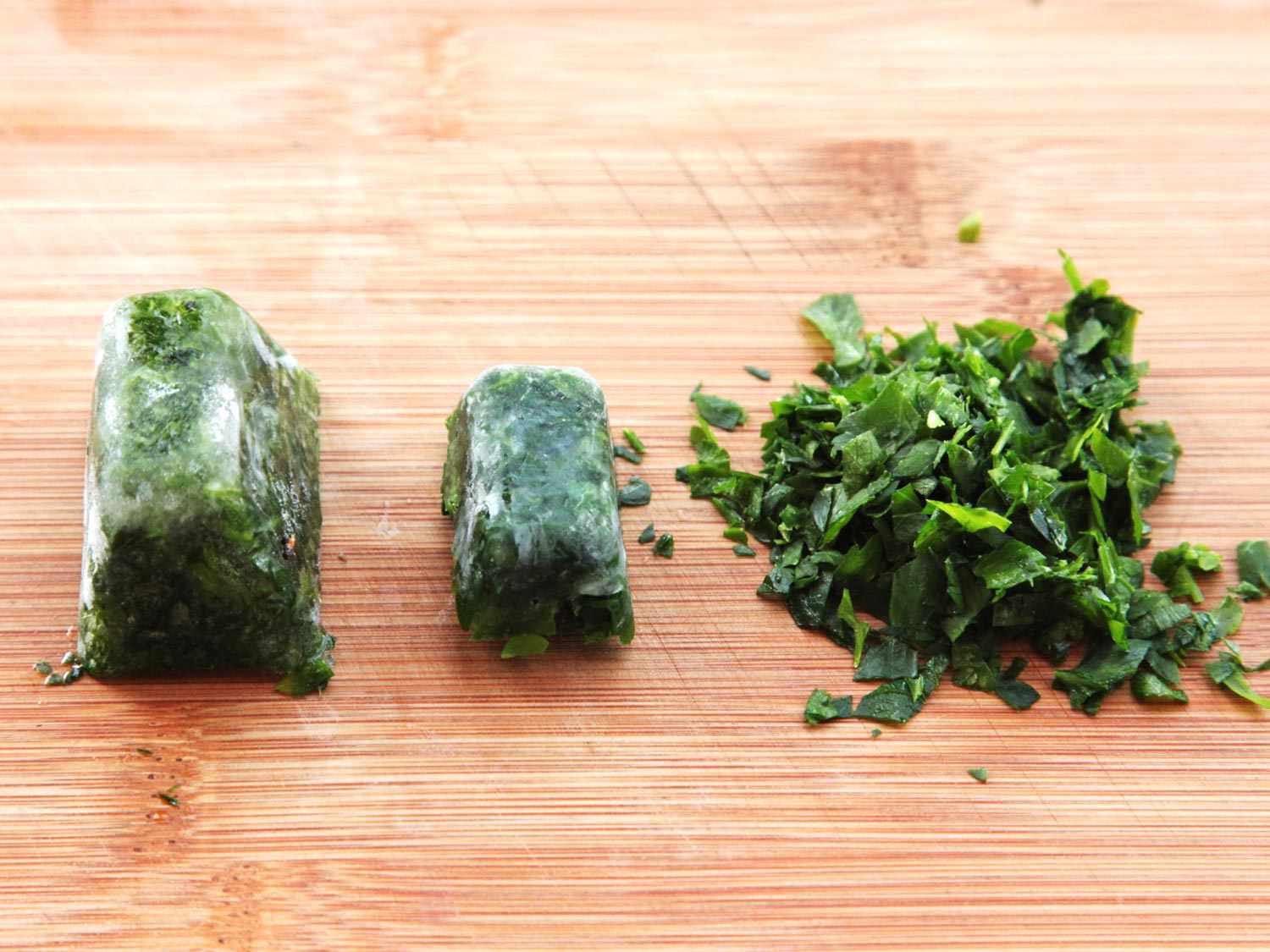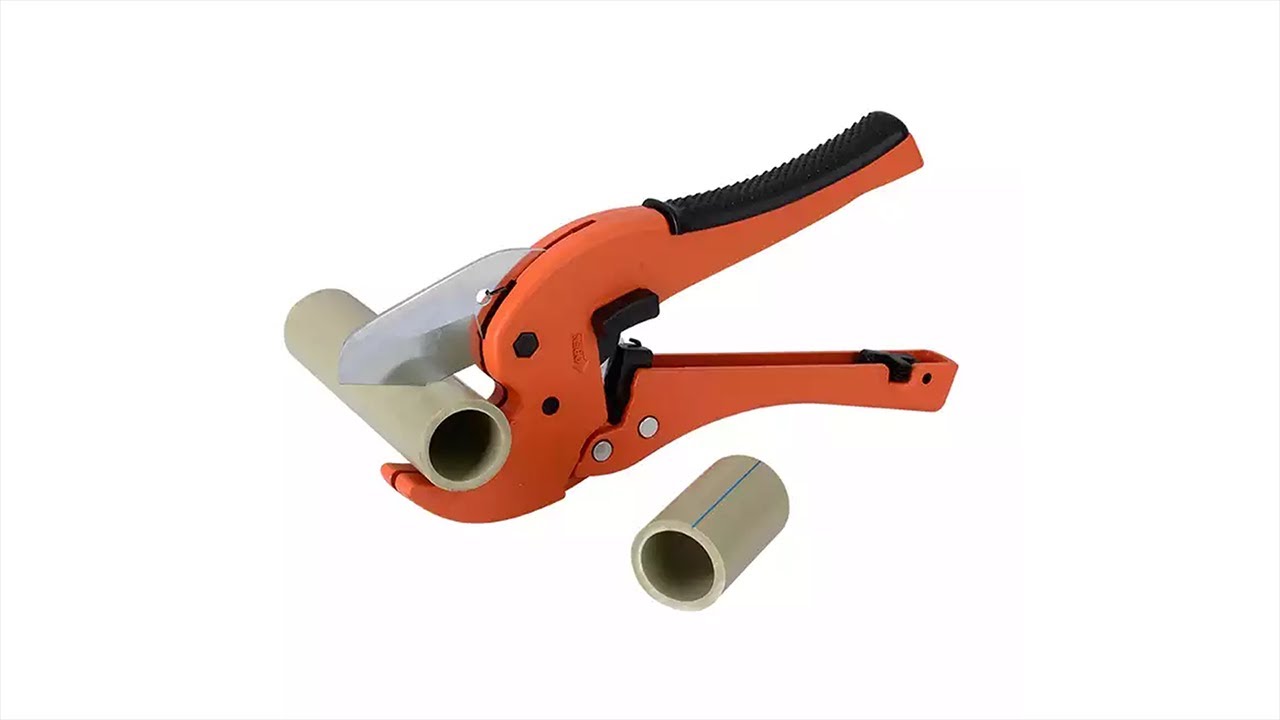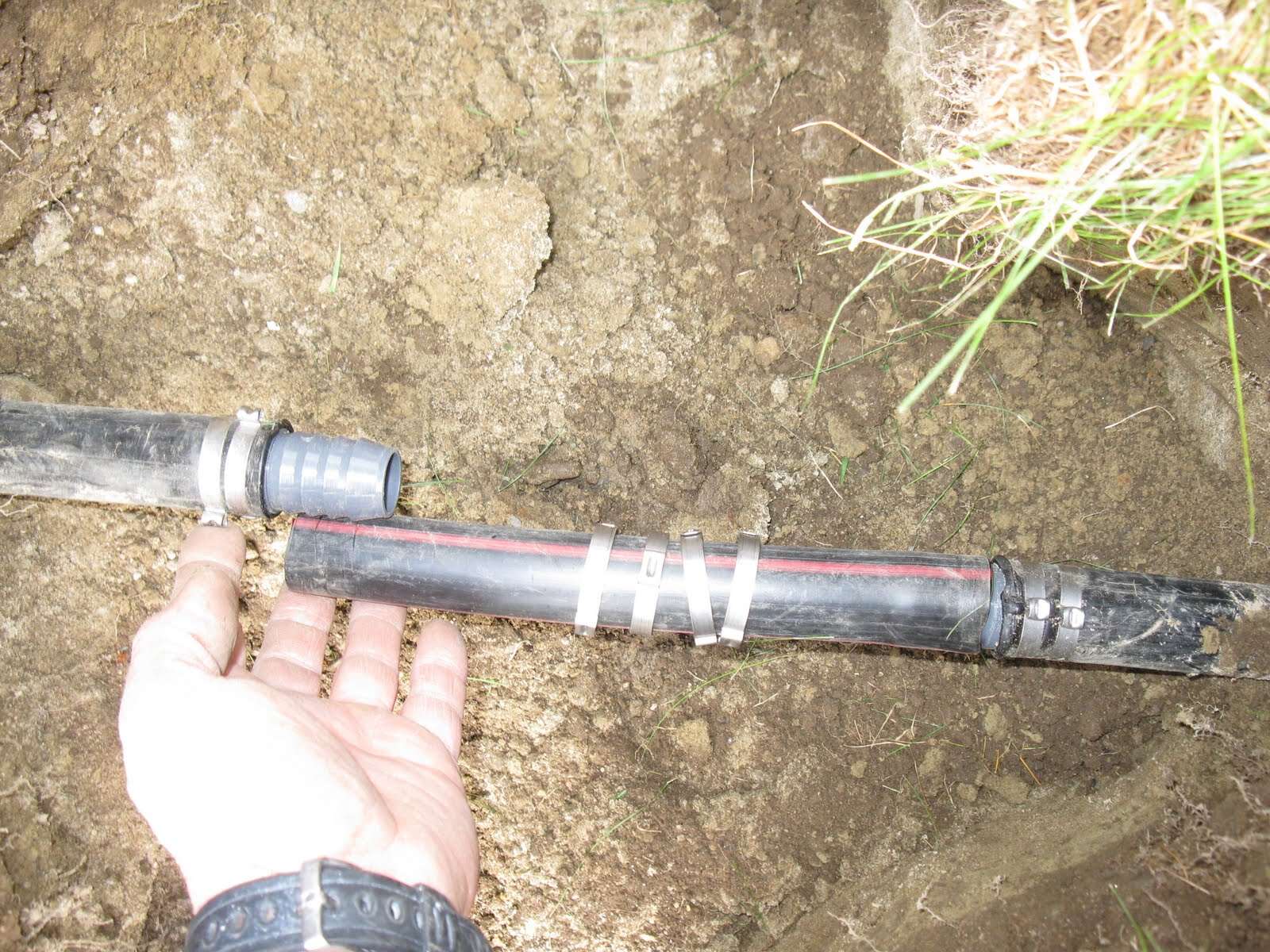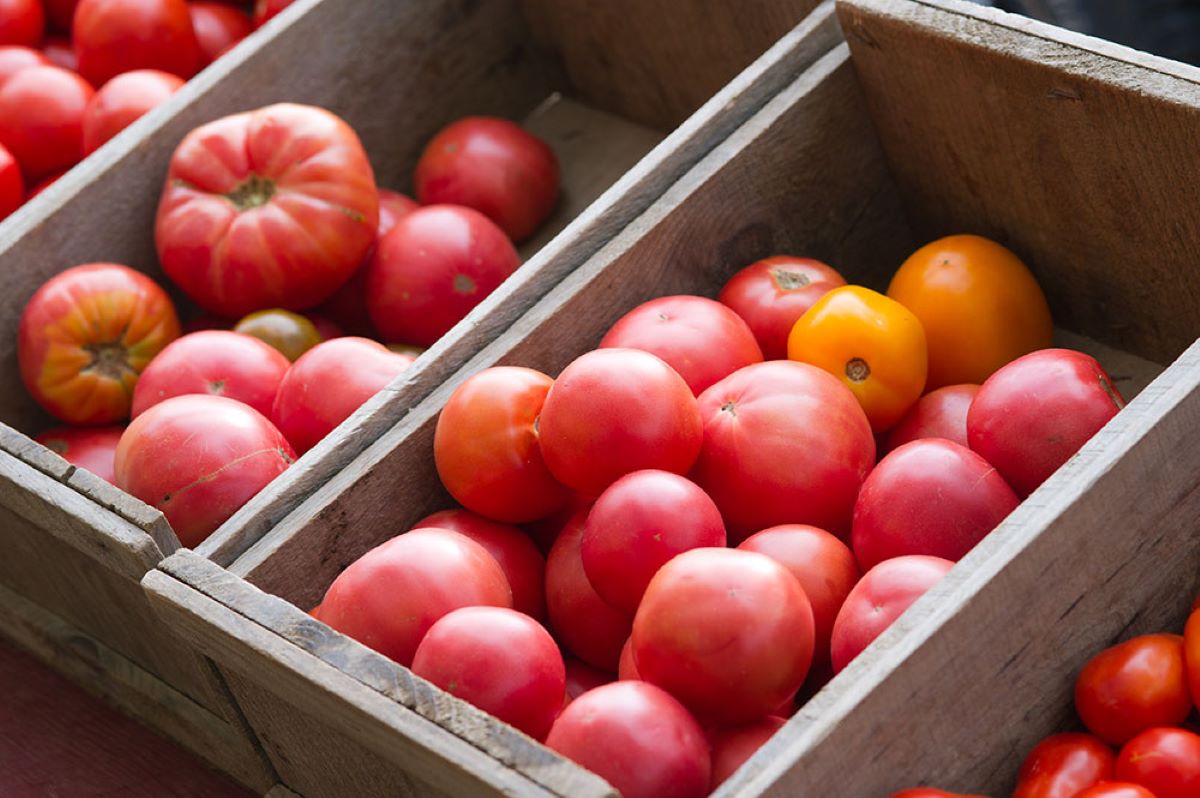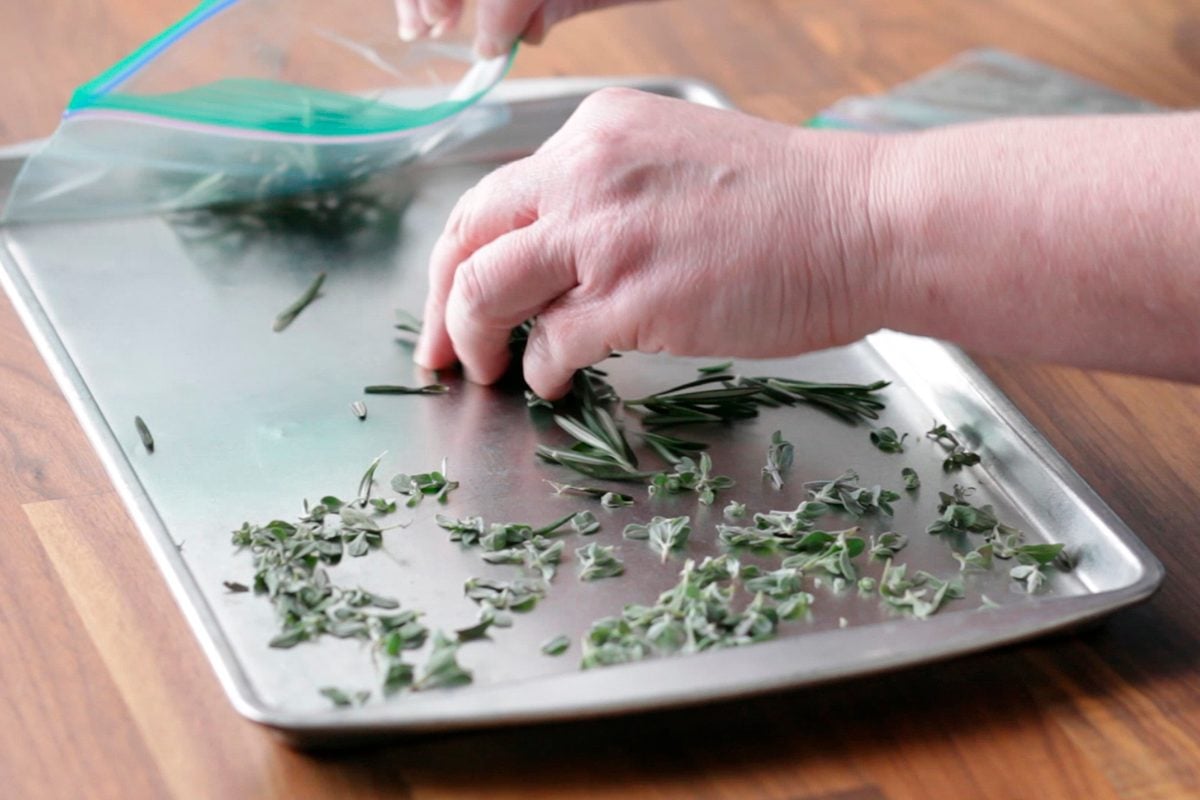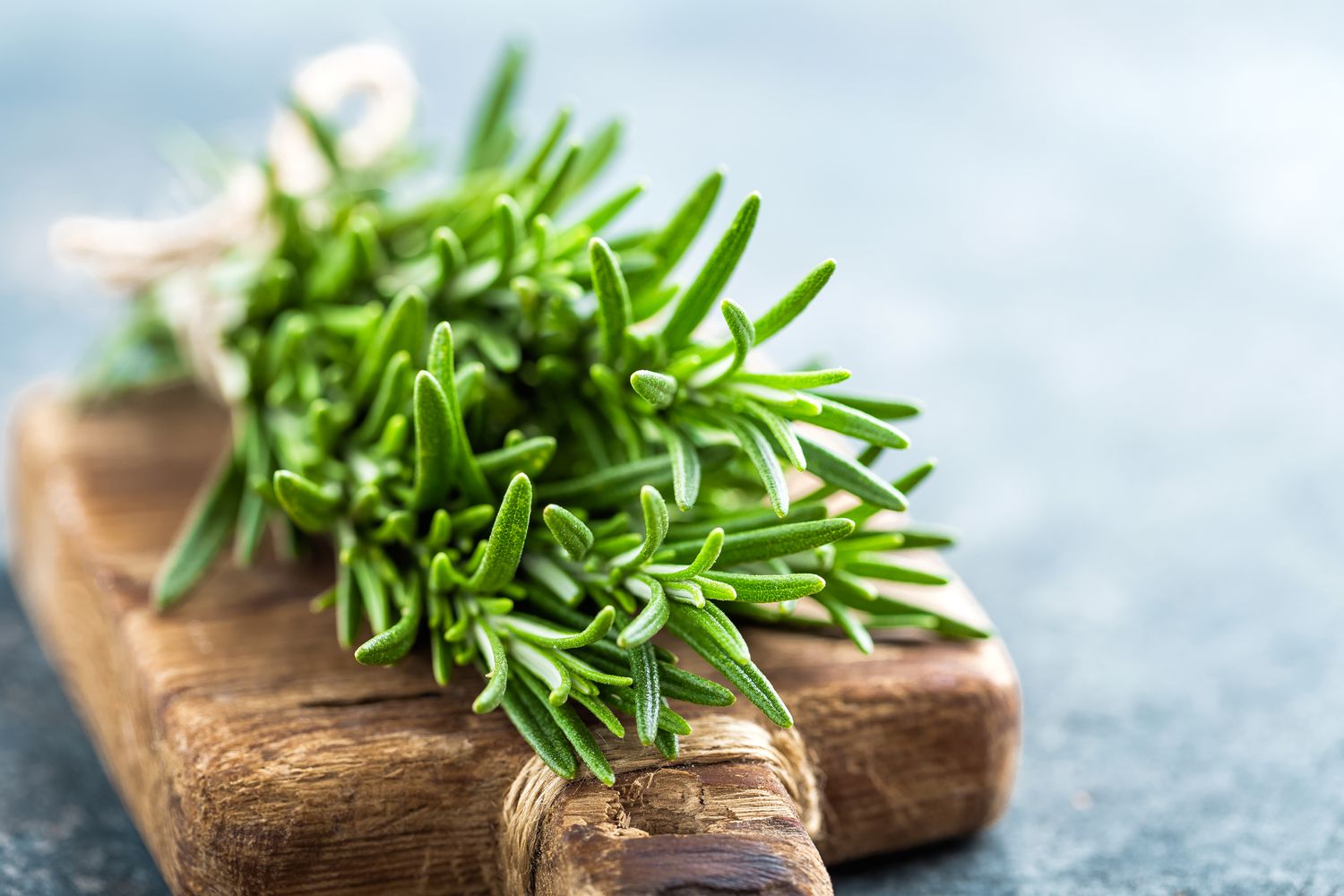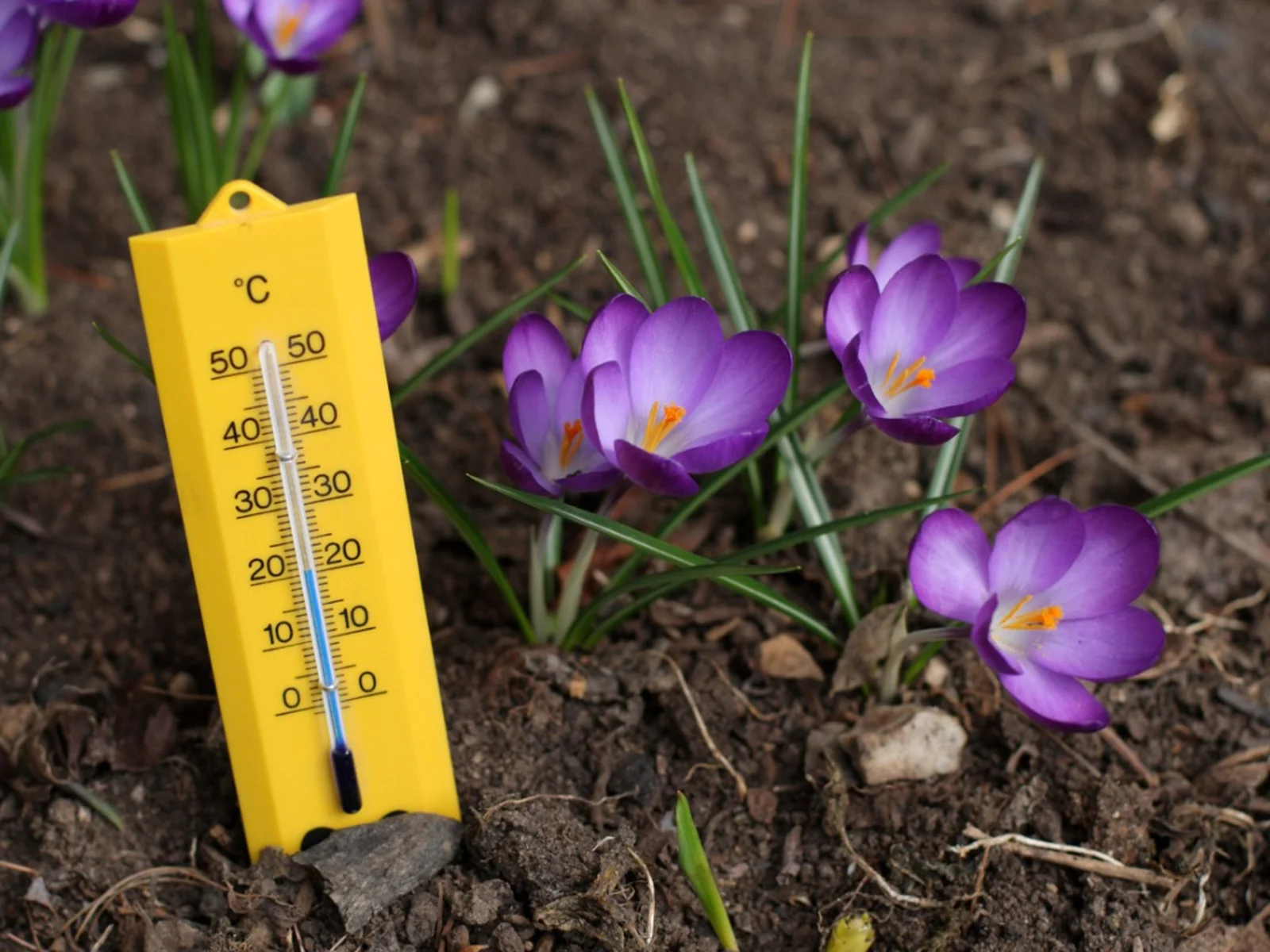Home>Gardening Basics>Tools and Equipment>At What Temperature Do Irrigation Pipes Freeze
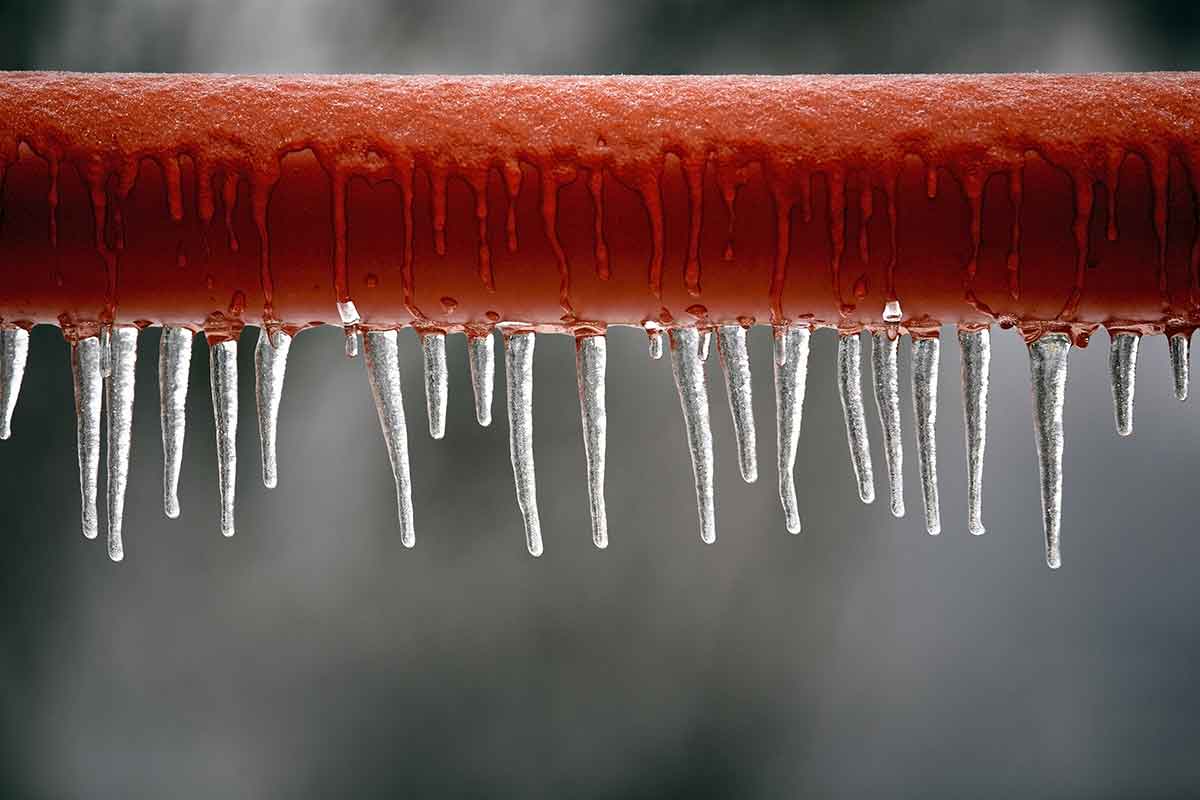

Tools and Equipment
At What Temperature Do Irrigation Pipes Freeze
Modified: January 22, 2024
Find out the temperature at which irrigation pipes freeze and protect your tools and equipment.
(Many of the links in this article redirect to a specific reviewed product. Your purchase of these products through affiliate links helps to generate commission for Chicagolandgardening.com, at no extra cost. Learn more)
Table of Contents
Introduction
When it comes to maintaining a lush and healthy garden, an efficient irrigation system is essential. However, during the winter months, the risk of freezing temperatures poses a potential threat to your irrigation pipes. Understanding the freezing point of water and the factors that contribute to pipe freezing is crucial in preventing damage and costly repairs.
Water freezing inside irrigation pipes can lead to cracks, leaks, and ultimately a malfunctioning system. As a result, the proper insulation and preventative measures should be taken to protect your pipes from freezing. In this article, we will explore the temperature thresholds at which irrigation pipes freeze, as well as the signs of frozen pipes and methods to safely thaw them.
By gaining a deeper understanding of these concepts, you will be better equipped to maintain the longevity and efficiency of your irrigation system throughout the colder months. So, let’s dive into the details and learn more about what happens when irrigation pipes freeze and how to prevent and address this issue.
Understanding the Freezing Point of Water
Water is a unique substance that expands when it freezes, unlike most other substances that contract. This expansion can exert enormous pressure on anything containing the water, including irrigation pipes. To understand when your pipes are at risk of freezing, it is crucial to familiarize yourself with the freezing point of water.
The freezing point of water is 32 degrees Fahrenheit (0 degrees Celsius), at which point water transitions from a liquid to a solid state. However, it’s important to note that the freezing point of water can be influenced by several factors.
One key factor that affects the freezing point of water is impurities. Pure water freezes at the standard 32 degrees Fahrenheit, but water with impurities, such as minerals or salt, can lower the freezing point. This is why salt is often used to melt ice on roadways during winter – it lowers the freezing point of water, preventing it from solidifying.
Additionally, the presence of pressure can also impact the freezing point. When water is under high pressure, such as in deep underground pipes, the freezing point can be lower than 32 degrees Fahrenheit. Conversely, when water is under less pressure, as it may be at the surface level, the freezing point can be slightly higher.
Understanding these factors can help you anticipate when your irrigation pipes are most vulnerable to freezing. By monitoring the temperature and taking preventative measures, you can safeguard your irrigation system and prevent potential damage.
Factors Affecting Irrigation Pipe Freezing
Several factors contribute to the freezing of irrigation pipes. By being aware of these factors, you can take proactive steps to protect your system from the damaging effects of freezing temperatures.
1. Temperature: The ambient temperature is the primary factor influencing irrigation pipe freezing. When the temperature drops below the freezing point of water (32 degrees Fahrenheit or 0 degrees Celsius), there is a high risk of water within the pipes freezing and causing damage. It’s important to monitor the weather forecast and take appropriate measures to protect your pipes when freezing temperatures are expected.
2. Insufficient insulation: Inadequate insulation around the irrigation pipes can make them much more susceptible to freezing. Insulation acts as a barrier, reducing heat transfer from the surrounding environment to the pipes. Without proper insulation, cold air can penetrate the pipes, significantly lowering their temperature and increasing the likelihood of freezing.
3. Pipe exposure: The location and exposure of the irrigation pipes can also impact the potential for freezing. Pipes located in areas exposed to direct wind or cold drafts are more prone to freezing. Additionally, pipes above ground are at a higher risk compared to those buried underground, as soil provides some insulation and protection against freezing temperatures.
4. System design: The design of the irrigation system can also contribute to freezing. Low spots or areas where water can collect and accumulate are particularly vulnerable. These stagnant areas can create pockets of water that freeze more easily, putting strain on the pipes and increasing the risk of damage.
5. Water flow: Slow-moving or stagnant water within the pipes is more likely to freeze. Proper water flow is essential to prevent the formation of ice blockages within the pipes. Regularly flushing the system and ensuring a continuous flow of water can help minimize the risk of freezing.
By considering these factors, you can identify potential vulnerabilities in your irrigation system and take appropriate steps to minimize the risk of freezing. Adding insulation, investing in a well-designed system, and maintaining proper water flow are crucial elements in protecting your pipes from freezing temperatures.
Common Temperature Thresholds for Pipe Freezing
Understanding the temperature thresholds at which irrigation pipes are susceptible to freezing is vital in preventing damage and ensuring the longevity of your system. While the freezing point of water is 32 degrees Fahrenheit (0 degrees Celsius), there are several temperature thresholds to be aware of when it comes to pipe freezing.
1. 32-28 degrees Fahrenheit (0-2 degrees Celsius): At this temperature range, water begins to approach freezing point, and you should start taking precautions. Insulating exposed pipes and shutting off the water supply can help minimize the risk of freezing.
2. 28-25 degrees Fahrenheit (-2 to -4 degrees Celsius): As the temperature drops further, the likelihood of freezing increases significantly. It is recommended to wrap insulation around exposed pipes, use heat tape or cables, and allow a slow trickle of water to flow through the pipes to prevent freezing.
3. Below 25 degrees Fahrenheit (-4 degrees Celsius): Pipe freezing becomes highly probable below this temperature threshold. It is crucial to take immediate action to protect your irrigation system. Insulate pipes with foam sleeves or heat tape and ensure proper insulation is in place. Running a continuous trickle of water through the pipes can also help prevent freezing.
It’s important to note that these temperature thresholds can vary depending on factors such as pipe material, pipe depth, and local climate. Monitoring the weather forecast and taking appropriate precautions is essential to avoid damage caused by frozen pipes.
Remember, prevention is key when it comes to pipe freezing. Taking proactive measures and being aware of the temperature thresholds will help safeguard your irrigation system and prevent costly repairs.
The Importance of Insulation and Preventative Measures
Insulation plays a crucial role in protecting irrigation pipes from freezing temperatures. By implementing preventative measures and proper insulation, you can safeguard your system and avoid costly repairs.
1. Insulating exposed pipes: Exposed pipes are the most vulnerable to freezing. Insulating them with materials such as foam sleeves, heat tape, or fiberglass insulation can provide an extra layer of protection. Make sure to cover the entire length of the pipe, including fittings and valves.
2. Burying pipes: If possible, consider burying your irrigation pipes below the frost line. This provides natural insulation from the surrounding soil, reducing the risk of freezing. Digging a trench and burying the pipes to the recommended depth can offer long-term protection against freezing.
3. Preventative measures: Taking proactive steps to prevent pipe freezing is crucial. Before the arrival of freezing temperatures, turn off and drain the irrigation system to remove excess water from the pipes. Disconnect and store hoses indoors to prevent freezing and ensure proper drainage.
4. Using heat tape or cables: Heat tape or cables are effective solutions for preventing freezing in areas that are particularly susceptible to low temperatures. These products can be wrapped around the pipes and provide a controlled heat source to keep them above freezing temperatures.
5. Monitoring and maintenance: Regularly inspect your irrigation system for any signs of leaks or cracks. Addressing these issues promptly can prevent water from entering the pipes and reducing the risk of freezing. Additionally, ensure that sprinkler heads, valves, and other components are properly insulated and in good working condition.
By prioritizing insulation and implementing preventative measures, you can significantly reduce the risk of frozen pipes and subsequent damage. Be proactive in protecting your irrigation system from freezing temperatures, and you will enjoy a well-functioning system throughout the winter months.
Signs of Frozen Irrigation Pipes
Identifying the signs of frozen irrigation pipes is essential in addressing the issue promptly and minimizing potential damage. Here are common indicators that your pipes may be frozen:
1. Lack of water flow: One of the first signs of frozen pipes is a noticeable decrease or complete absence of water flow from your irrigation system. If no water is coming out of your sprinklers or hoses, it could indicate that the pipes are frozen.
2. Abnormal noises: Frozen water inside pipes can cause pressure build-up, resulting in unusual noises such as banging or knocking sounds. If you notice these sounds when you try to turn on your irrigation system, it could be a sign of frozen pipes.
3. Low water pressure: Another sign of frozen pipes is a significant drop in water pressure. If you notice a weak flow of water coming from your sprinklers or faucets, it may indicate that the water is unable to flow freely due to ice blockages within the pipes.
4. Visible frost or ice: If you can visually see frost or ice on your pipes, it is a clear indication of freezing. Check exposed pipes, particularly in colder areas or locations that are prone to freezing, for any visible signs of ice formation.
5. Bulging or cracked pipes: Extreme cold temperatures can cause water inside the pipes to expand, leading to bulging or even cracking of the pipes. If you notice any irregularities in the shape or integrity of your irrigation pipes, it’s possible that they have frozen and sustained damage.
If you observe any of these signs, it’s essential to take immediate action to thaw the frozen pipes and prevent further damage. Do not attempt to forcibly thaw the pipes as it may cause them to burst. Instead, follow appropriate thawing methods or seek professional assistance to ensure safe and effective restoration of your irrigation system.
Thawing Frozen Irrigation Pipes
Thawing frozen irrigation pipes is a critical step in restoring the functionality of your system and preventing further damage. Here are some methods to safely thaw frozen pipes:
1. Apply heat: One effective method is to apply heat to the affected area of the pipe. You can use a hairdryer, heat gun, or a heating pad wrapped around the pipe. Start from the end closest to the faucet and work your way toward the frozen section. Avoid using an open flame or high-temperature heat sources, as they can damage the pipe.
2. Use warm water: Another method is to soak towels in warm water and wrap them around the frozen area. You can also pour warm water slowly over the pipes to gradually thaw the ice inside. Avoid using boiling water, as the sudden temperature change can cause the pipe to crack.
3. Turn up the heat: Increasing the ambient temperature around the frozen pipes can help expedite the thawing process. Adjust the thermostat in your home or use space heaters to raise the temperature in the area where the pipes are located. Ensure adequate ventilation when using space heaters.
4. Use heat tape or cables: If you have installed heat tape or cables on your pipes, activate them according to the manufacturer’s instructions. This will provide a controlled heat source to thaw the frozen pipes safely.
5. Seek professional assistance: If you are unable to thaw the frozen pipes or if you suspect damage, it is best to consult a professional plumber or irrigation specialist. They have the expertise and necessary tools to assess the situation and thaw the pipes safely without causing further harm.
Remember to take precautions to prevent injury during the thawing process. Wearing gloves and protective eyewear is recommended, and be cautious when using electrical appliances near water sources. Once the pipes have thawed, inspect them for any damage or leaks. If any damage is detected, it’s essential to address it promptly to prevent further issues.
By following these thawing methods and seeking professional help if needed, you can safely restore the functionality of your irrigation system and resume proper watering of your garden or landscape.
Conclusion
Protecting your irrigation pipes from freezing temperatures is crucial in ensuring the longevity and efficiency of your system. By understanding the freezing point of water and the factors that contribute to pipe freezing, you can take proactive measures to prevent damage. Insulation and preventative measures play key roles in safeguarding your pipes, such as insulating exposed pipes, burying pipes below the frost line, and using heat tape or cables in vulnerable areas.
Recognizing the signs of frozen pipes, such as lack of water flow, abnormal noises, low water pressure, and visible frost or ice, allows for immediate action to thaw and restore the system. Thawing can be done using heat sources, warm water, or by seeking professional assistance. Taking precautions during the thawing process is essential to prevent injury and further damage.
Remember to regularly inspect your irrigation system, maintain proper water flow, and address any leaks or cracks promptly. By being proactive and implementing necessary measures, you can minimize the risk of frozen pipes and avoid costly repairs.
Winter weather can pose challenges for your irrigation system, but with knowledge, preparation, and vigilance, you can protect your pipes and ensure the smooth operation of your system. By safeguarding your irrigation system from freezing, you can maintain the health and beauty of your garden or landscape all year round.

